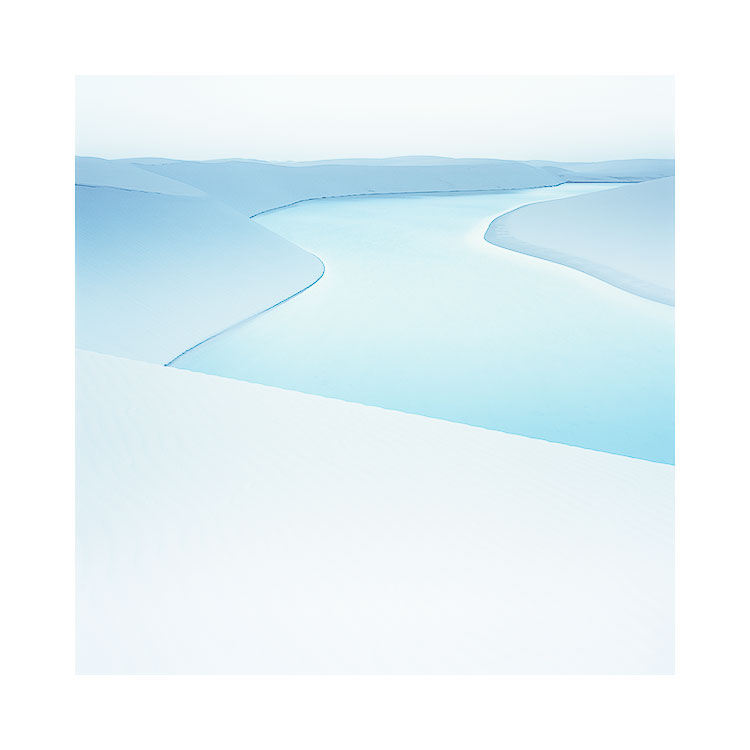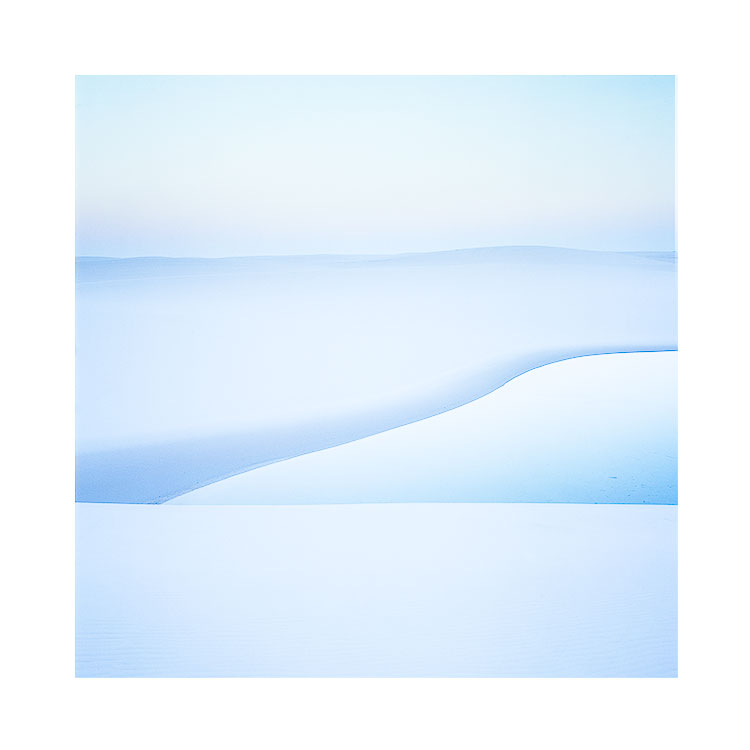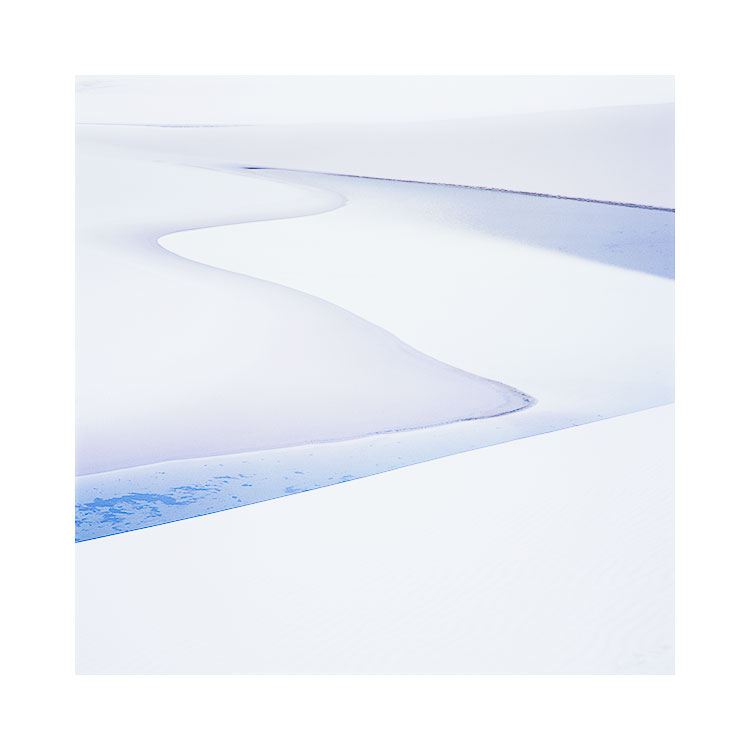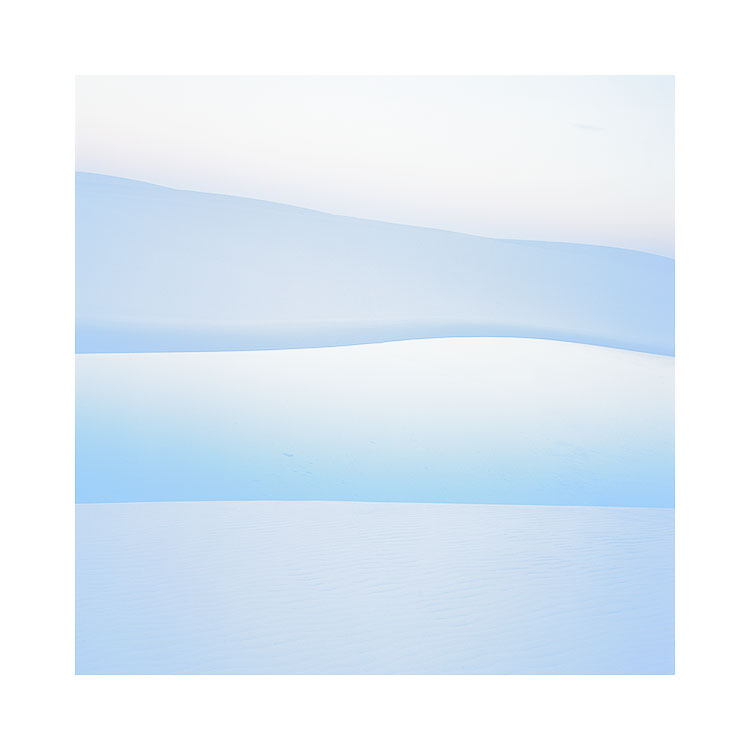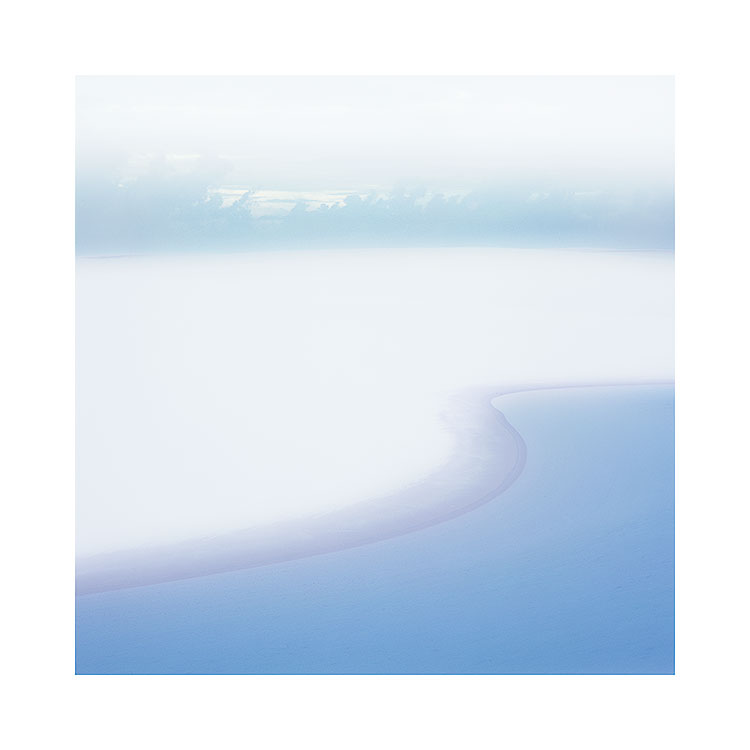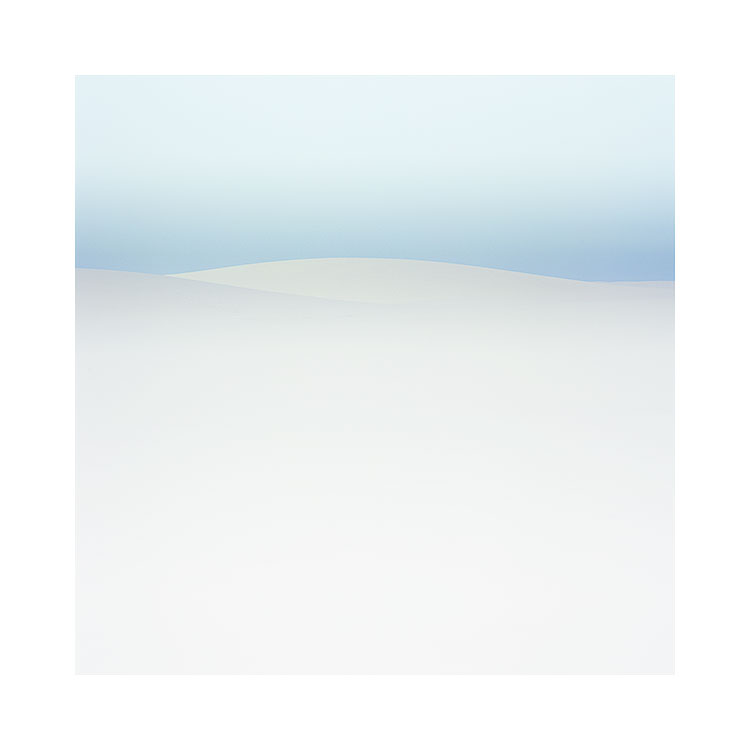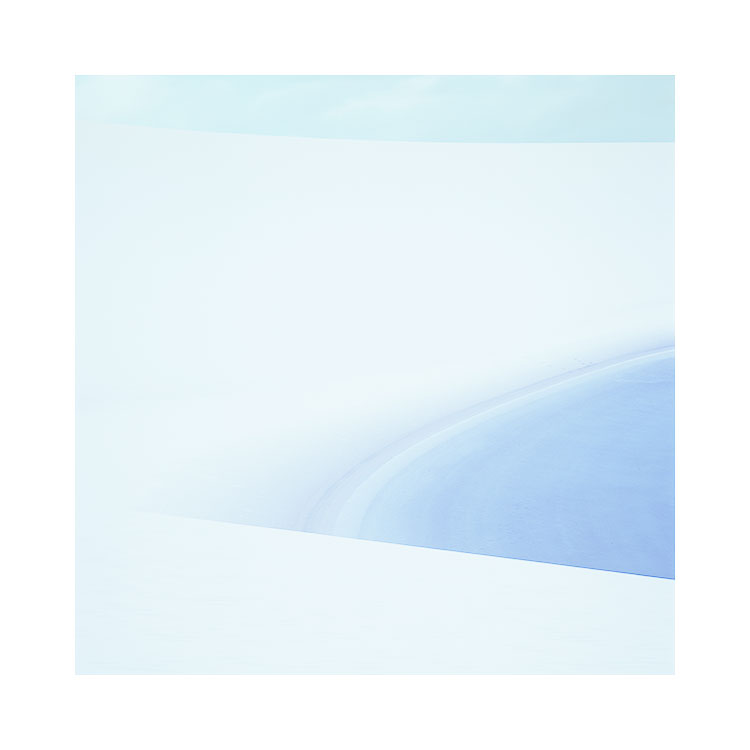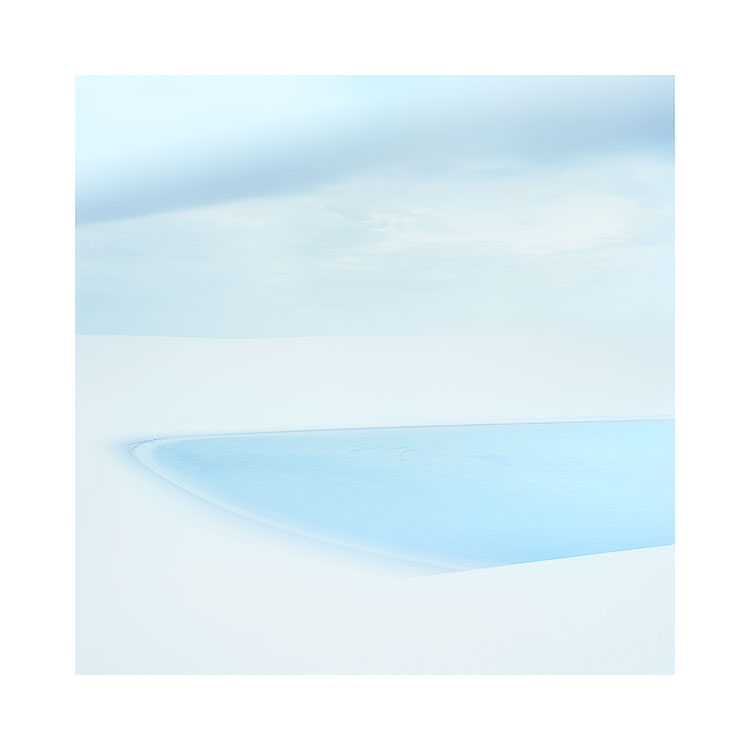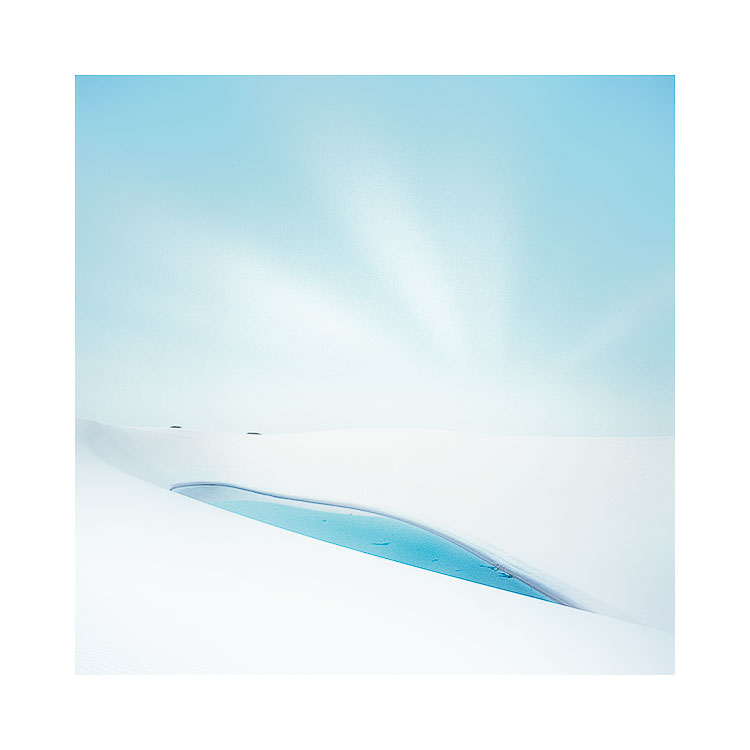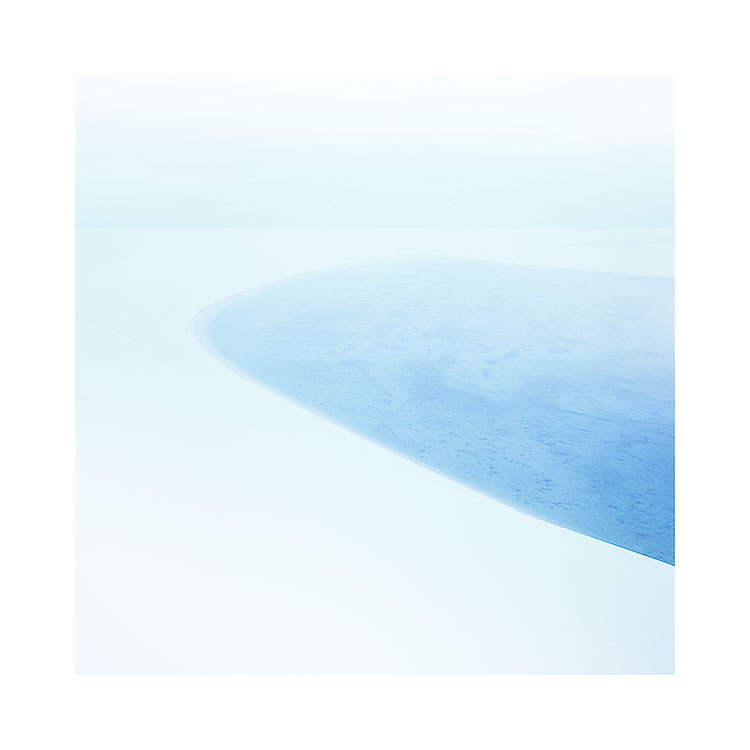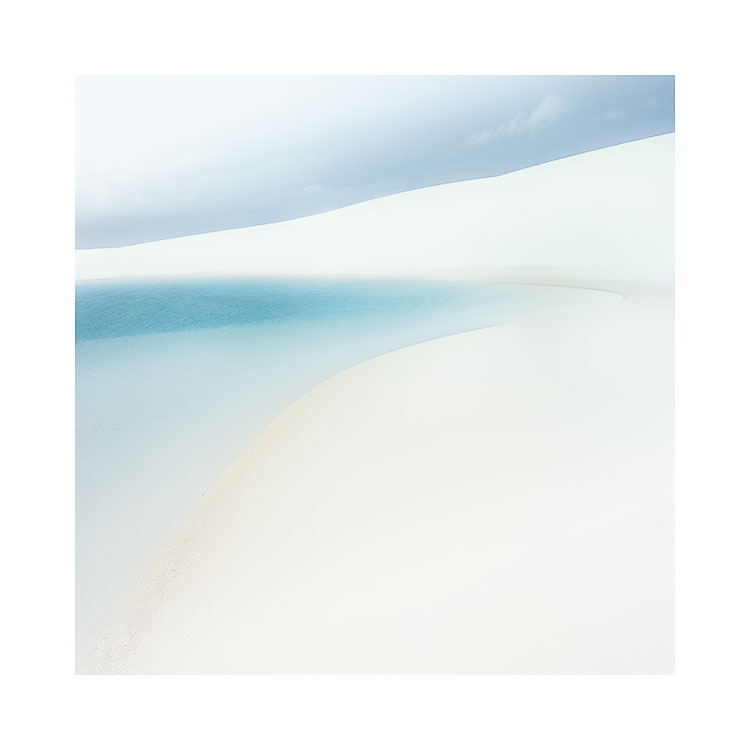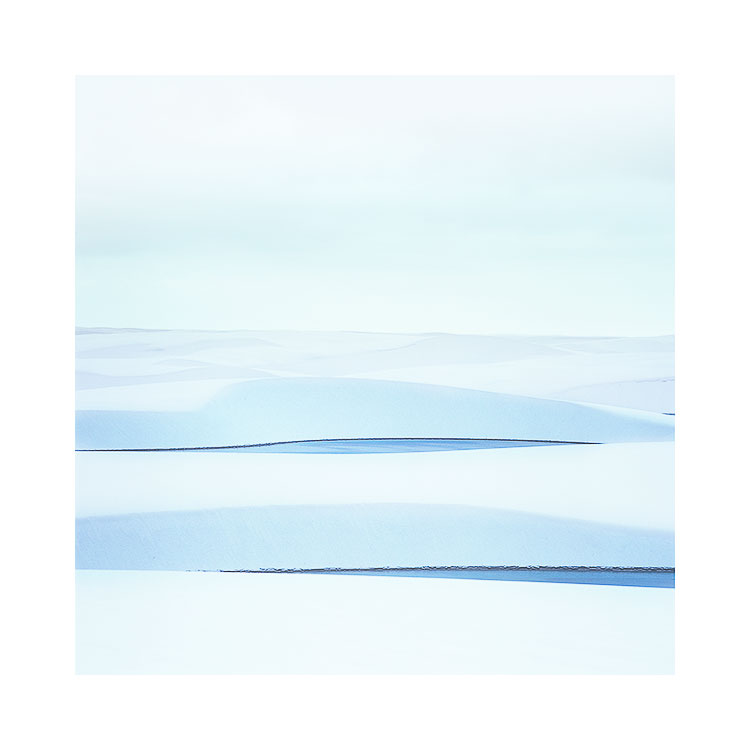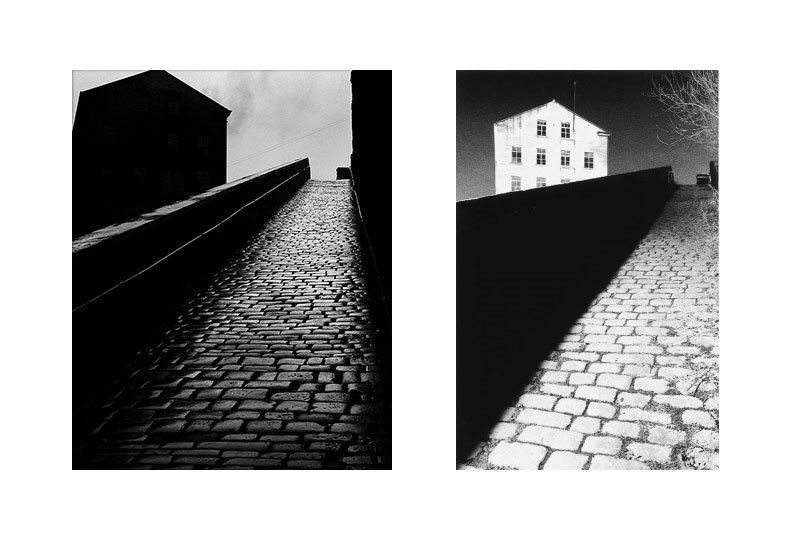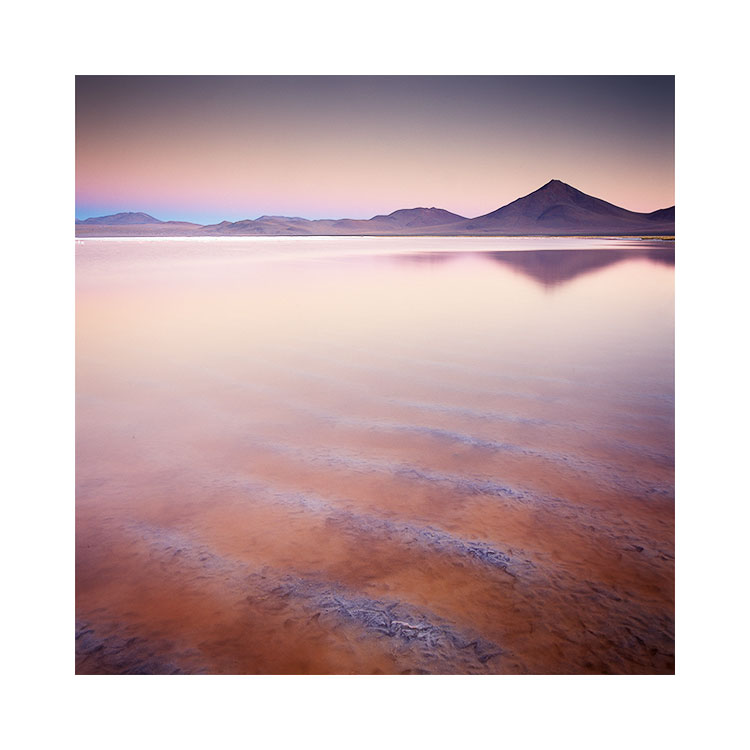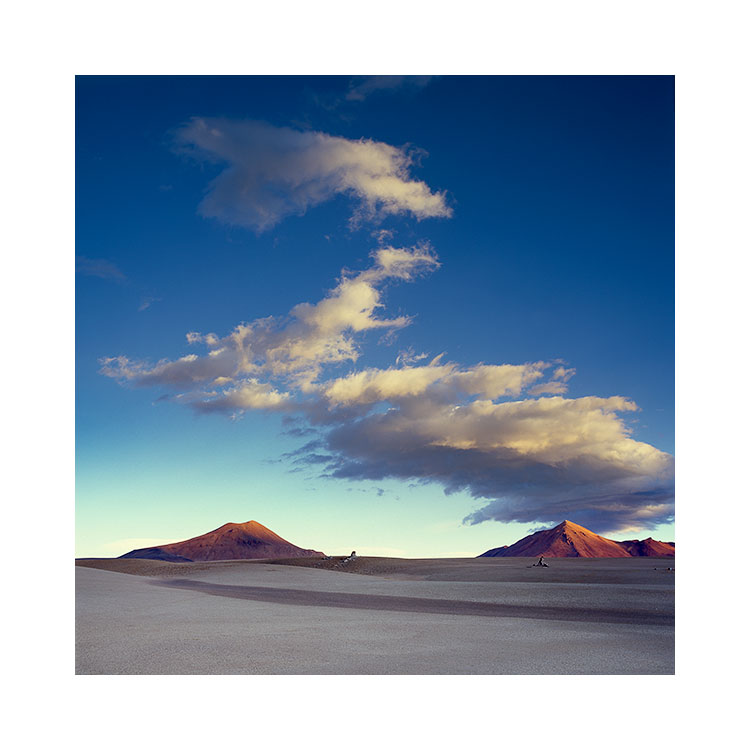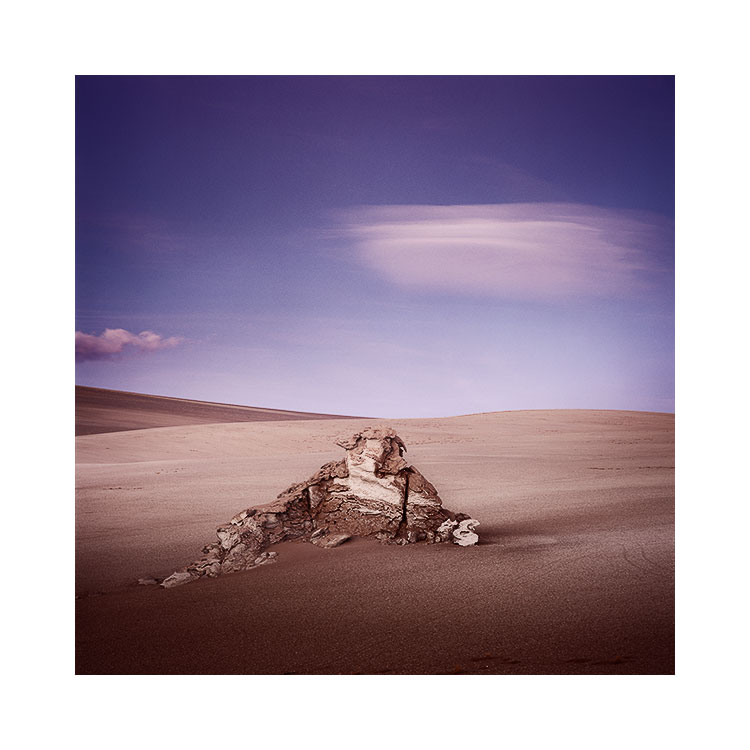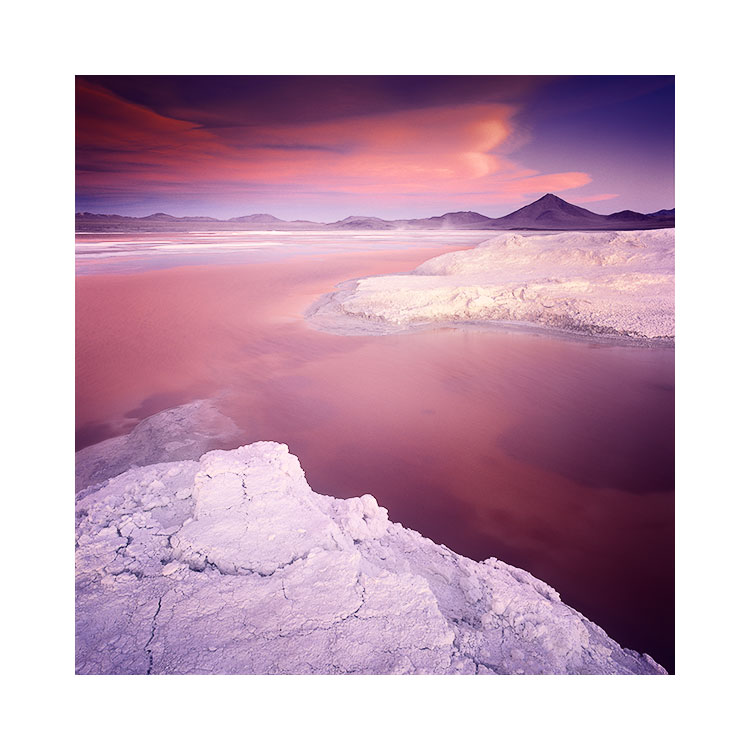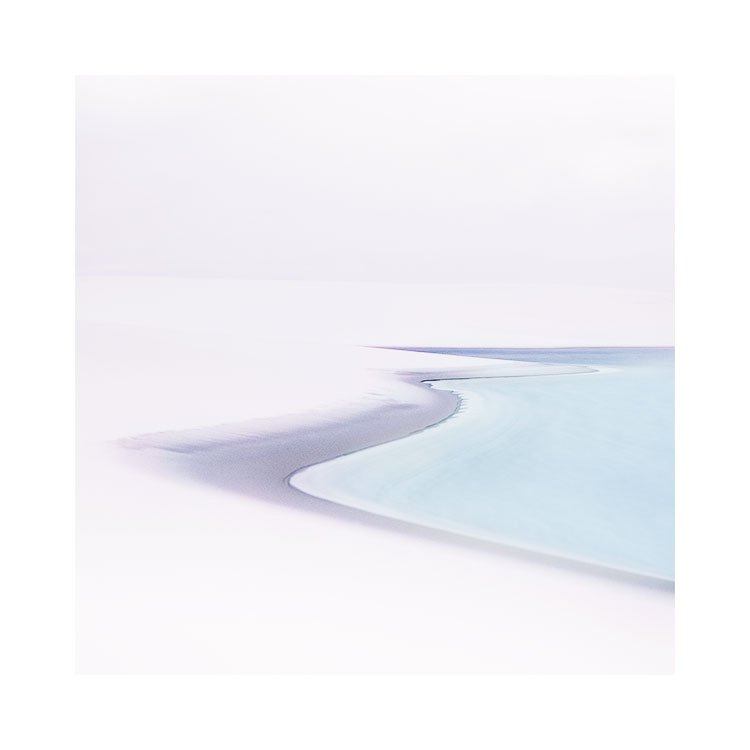A rhetorical question, but one that I rarely ask myself, but tend to ‘know’, when I am looking at a set of completed new images.
I find it much easier to gauge how much I’ve changed if I am photographing places I know well, and have had a long term relationship with. I have felt for some time that the only way to get deeper into a place, is to keep returning. But this should only be done if you feel compelled to go back. There is little point in returning to a place where you feel no interest, or didn’t feel you felt there was ‘something else left unexplored’.
For me, there is usually a hunch or a feeling that there is still much to do. Often times I think for most of us we have a sense of only scratching the surface with a location. So that in itself is an indication that your creative mind has found something worth returning to.
I think for me, my position is a little unusual, in that my job is tied to returning to places, sometimes on a yearly basis. With Bolivia’s Altiplano, I can see that the work has become more and more reduced over time. I seem to be much less interested in compositional subjects as such, and instead looking for images that work on a tonal and colour response mostly. I think with Bolivia, I am attracted to the colours that are present there, and how the light changes as we head towards dusk, or surface out of it in the mornings.
I have to keep my interest levels up, and coming home from photographing the same places each year and working on them in a similar way can quickly become tiring. So I have always just trusted my feelings when I find myself feeling interested in something in a way that I haven’t looked at it before. What interests me the most, is when I find myself doing something different with a well known location.
For instance, I had not considered editing some of the work with a view towards conveying dusk, and so this time round it has been a surprise to me to find myself experimenting with these edited ‘illusions’, of what I felt as the light fades in Bolivia. It is often a very beautiful time to watch the light fade, and yet I have never really known how to convey it.
Technically speaking, I do not shoot in the dark as the reciprocity times of my films are simply far too long, and they tend to be monochrome studies in the blue channel only.
But my aesthetic seems to be more happy these days to let some colour back in, and darker tones as well. I’m aware that I seem to be more comfortable now working with darker hues than I have been for some time. When I first started out 23 years ago, my work was all over the place, but mainly dark and contrasty with not much attention to tonalities.
Going back to places that resonate with you is really worth doing if you are keen to notice changes in movement in what you do. I will confess that around 6 years ago or so, I felt I couldn’t really go anywhere more with Bolivia. I did wonder at the time if I should stop going and move on to new pastures.
But I think that when something isn’t working any more, it’s not always forever. It is definitely a sign that you need to do something new with where you are shooting, and sometimes it’s a sign that you’re changing.
It may also be the mark that you simply need a pause, or to return later in several years time. You may have moved on a little in what your eye is looking for and it’s going to take some time for your abilities to catch up with what your mind’s eye is now seeking.
I am enjoying the new work I’ve created. I know for sure that I wouldn’t have made these images 14 years ago when I first ventured to Bolivia. I have had several periods where I felt my work had moved on in some way, and other periods where I felt it stagnate. All I know for sure, is that everything I do is always a stepping stone forward, even if I cannot see it at the time.
























